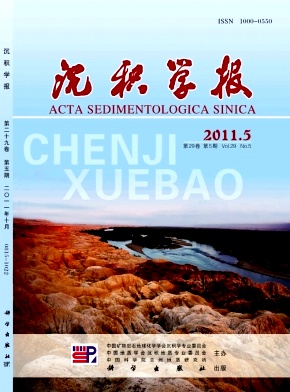The Response of Geomorphological Process of the Diamicton in Jinpingziin Jinsha River to Neotectonics and Climate Change of Easten Tibet
- Received Date: 1900-01-01
- Rev Recd Date: 1900-01-01
- Publish Date: 2011-10-10
-
Key words:
- diamicton
Abstract: The diamicton of Jinpingzi, which looks like a slide according to morphological character, lies on the Kangdian tectonic zone. It is a composite diamicton that formed due to several dynamic actions at the different periods, and is a product of three geomorphic systems i.e. the ancient Jinsha river, the old Jinsha river and the modern Jinsha river ,which occurred alternately.
According to the DEM of the diamicton of Jinpingzi and the field investigation, there are eight geomorphic units in the diamicton of Jinpingzi, which are the upside slope, the debris flow fan, the accumulational flatform on palaeogully of Jinpingzi, the valley slide of the Jinsha river, the terrace of the Jinsha river, the beach face composed of boulders and rock masses, the meander core and the Xiaogou gully. The TL age of the terrace in the surface of the diamicton of Jinpingzi is (41.13 3.49)kaB.P..
The multidisciplinary study (sedimentology,chronology, lithostratigraphy) of the sediment of the dill of the landform suggests that the diamicton of Jinpingzi is composed of twelve stratums. The stratums form the first to the ninth are composed of colluviums, alluviums and slope wash, while the others are composed of debris flow.
According to geomorphologic and sedimentologic characters of the diamicton of Jinpingzi, we can conclude that there are three geomorphologic processes, which are accumulation and sidesway(197~137 kaB.P.), divagation and incision(137~41kaB.P.) and intensity incision(41~0 kaB.P.). Finally the meander core formed after the deeplyincising of Jinsha river, and the cliff of the breccia formed.
| Citation: | XU Qinmian. The Response of Geomorphological Process of the Diamicton in Jinpingziin Jinsha River to Neotectonics and Climate Change of Easten Tibet[J]. Acta Sedimentologica Sinica, 2011, 29(5): 935-945. |






 DownLoad:
DownLoad: